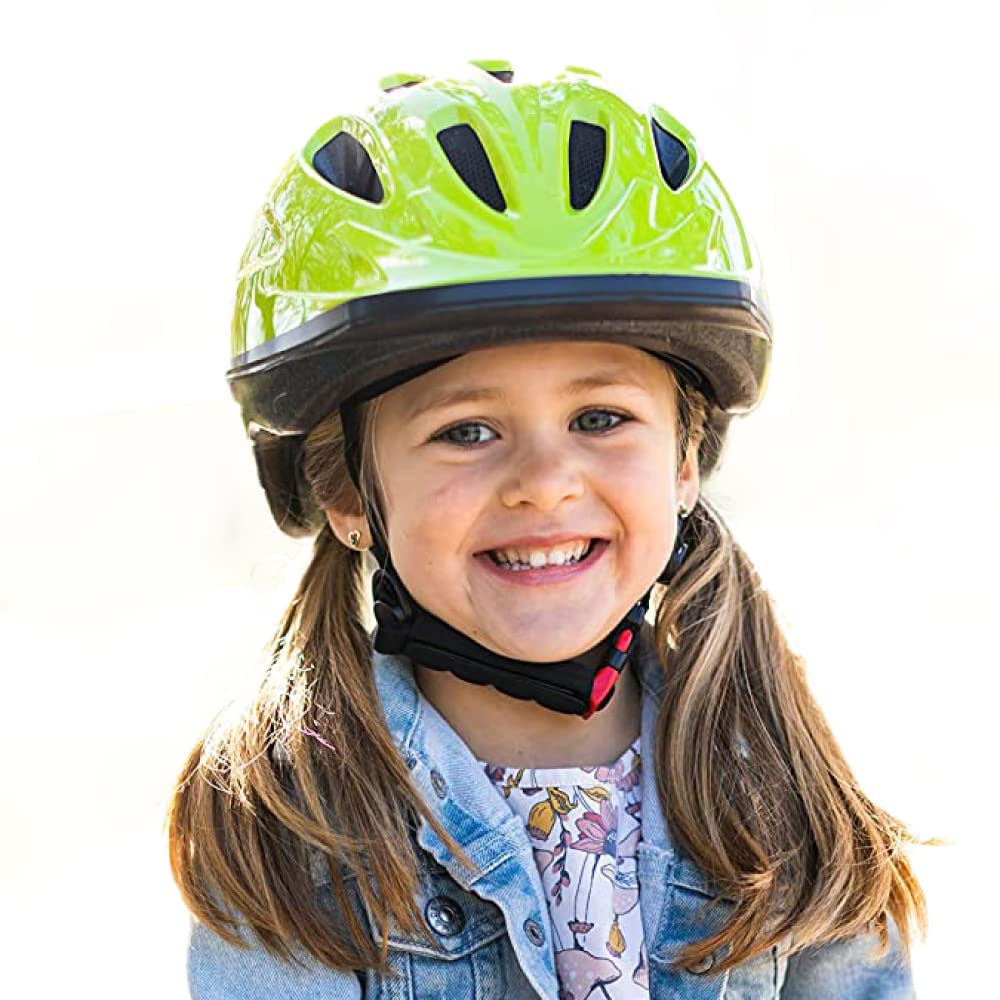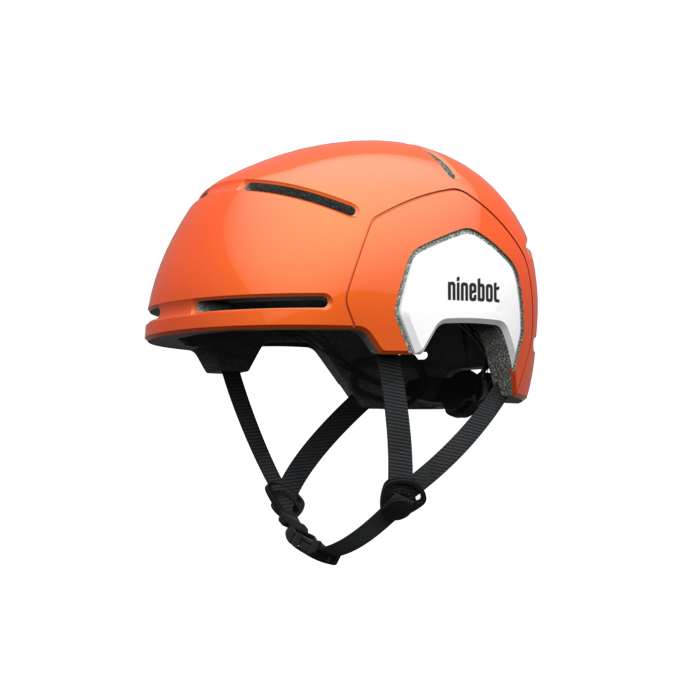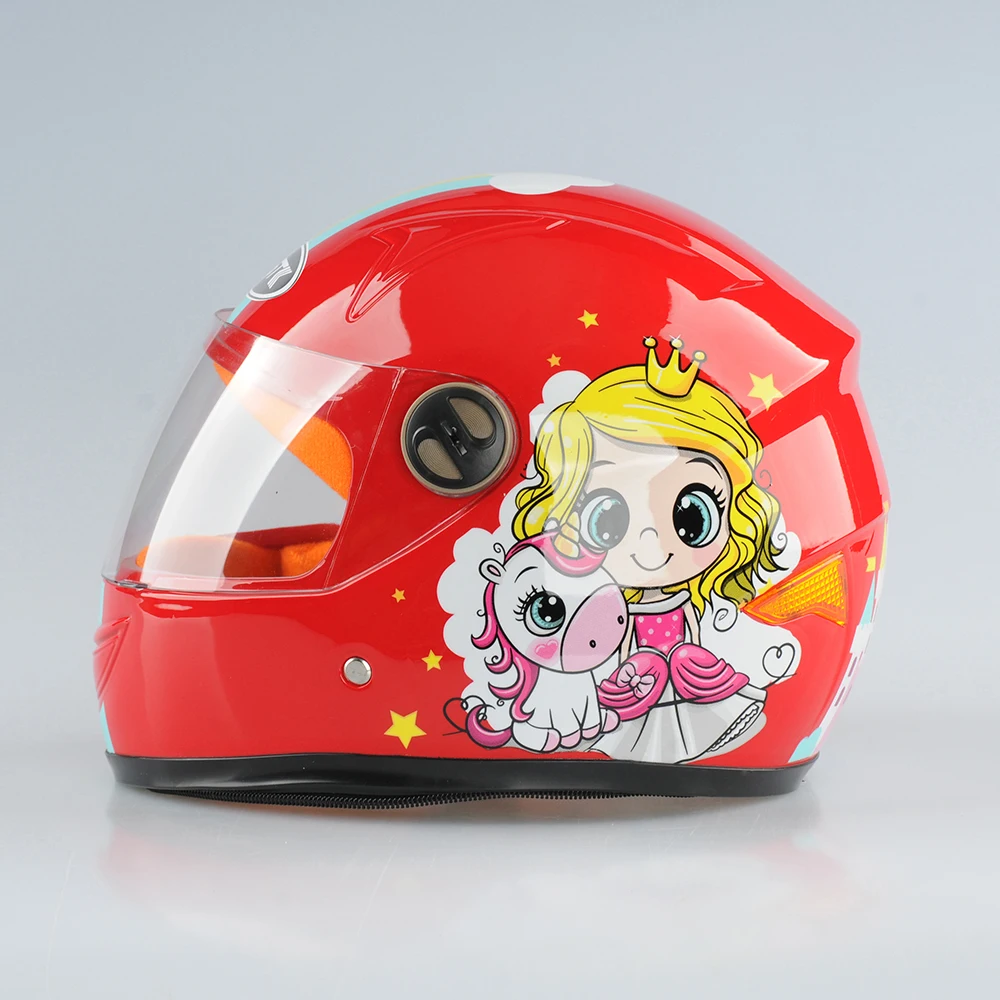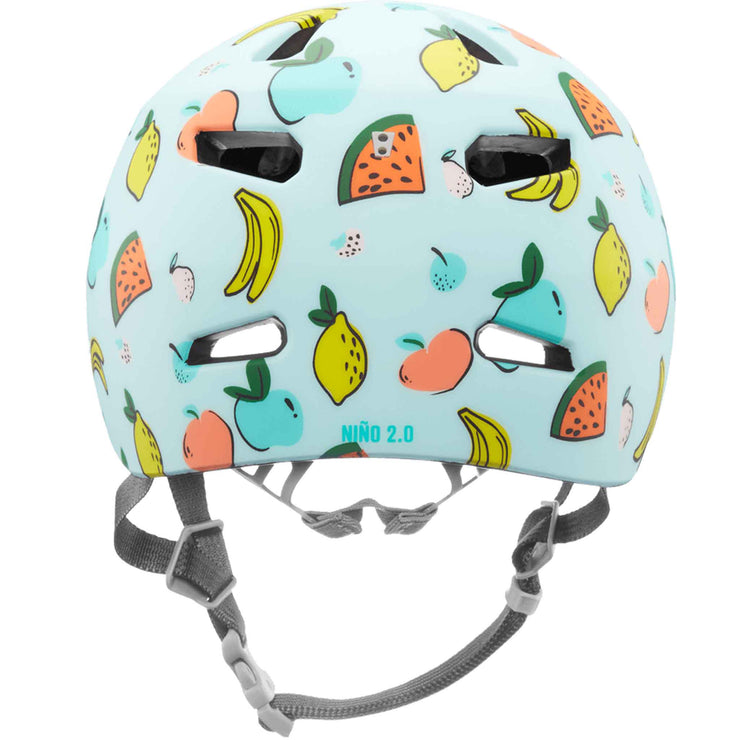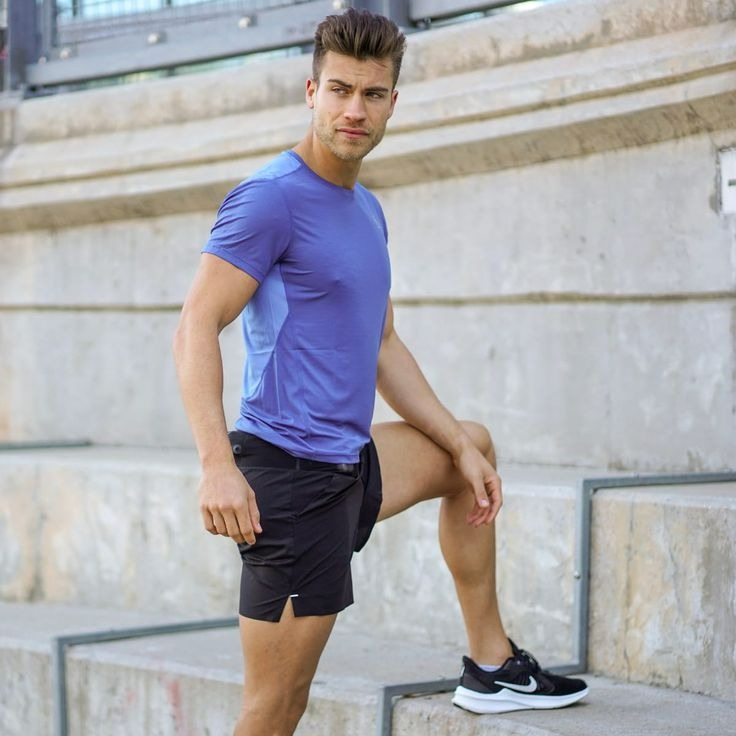Introduction to Kids’ Helmets
Children’s safety is a paramount concern for every parent. Whether your child is riding a bike, skateboarding, or participating in any outdoor activity, a helmet is an essential piece of safety equipment. Kids’ helmets are designed to protect young heads from injuries, ensuring they can enjoy their activities without compromising safety. They come in various styles, designs, and sizes to cater to different needs and preferences.
In this comprehensive guide, we will explore everything you need to know about kids’ helmets. We will discuss their importance, key features, types, and how to choose the right helmet for your child. By understanding these aspects, you can make an informed decision and ensure that your child stays safe while having fun.
The Importance of Kids’ Helmets
The significance of helmets in preventing head injuries cannot be overstated. Helmets are designed to absorb impact, reducing the risk of serious injury. For children, whose skulls are still developing and more vulnerable, a helmet is crucial. Helmets can prevent traumatic brain injuries, concussions, and other severe head injuries. Here, we will delve deeper into why kids’ helmets are so important.
Preventing Head Injuries
Head injuries are among the most severe types of injuries children can sustain during outdoor activities. A fall or collision can result in a concussion, skull fracture, or traumatic brain injury. Helmets are specifically designed to absorb and distribute the force of an impact, significantly reducing the risk of severe head injuries.
Studies have shown that wearing a helmet can reduce the risk of head injury by up to 85%. This statistic underscores the effectiveness of helmets in preventing serious injuries. For parents, ensuring their child wears a helmet is a simple yet vital step in safeguarding their well-being.
Building Safety Habits
Introducing helmets at a young age helps instill the importance of safety in children. When kids are taught to wear helmets consistently, it becomes a habit that they carry into adulthood. These early lessons in safety can have a long-lasting impact, encouraging responsible behavior and reducing the risk of injuries in the future.
Parents play a crucial role in modeling and reinforcing these safety habits. By wearing helmets themselves and emphasizing their importance, parents can set a positive example for their children. This practice not only ensures the child’s safety but also fosters a culture of safety within the family.
Legal Requirements
In many places, wearing a helmet is not just a recommendation but a legal requirement. Helmet laws vary by region, but they often mandate that children wear helmets while riding bikes, scooters, skateboards, and other vehicles. These laws are in place to protect children and prevent avoidable injuries.
Ignoring helmet laws can result in fines and legal consequences. More importantly, it exposes children to unnecessary risks. Complying with helmet laws ensures that children are protected and parents are adhering to legal guidelines. It is always advisable to check local regulations and ensure that your child’s helmet use is compliant.
Peace of Mind for Parents
Parents naturally worry about their children’s safety. Providing them with a helmet can offer peace of mind, knowing that their child is protected during outdoor activities. Accidents can happen anytime, and the potential consequences of a head injury are severe. By equipping children with well-fitting helmets, parents can mitigate these risks and allow their children to enjoy their activities without constant worry.
Key Features of Kids’ Helmets
Understanding the key features of kids’ helmets can help you choose the right one for your child. These features ensure that the helmet provides adequate protection, comfort, and durability. Here, we will explore the essential attributes to look for when selecting a kids’ helmet.
Fit and Size
The fit and size of a helmet are crucial for its effectiveness. A helmet that is too loose or too tight will not provide adequate protection. It is essential to choose a helmet that fits your child’s head properly. Most helmets come with adjustable straps and padding to ensure a snug and secure fit.
Measurement: Measure your child’s head circumference using a flexible tape measure. Follow the manufacturer’s size guide to find the appropriate size. This ensures that the helmet fits correctly without being too tight or too loose.
Adjustability: Look for helmets with adjustable sizing systems, such as dial-fit adjusters or adjustable straps. These features allow you to fine-tune the fit as your child grows, ensuring continued protection and comfort.
Proper Positioning: A properly fitted helmet should sit level on your child’s head, covering the forehead without tilting backward or forward. The straps should form a V shape under the ears, and the buckle should be secure but not too tight. Ensuring proper positioning enhances the helmet’s effectiveness and comfort.
Certification
Certification is another vital feature to look for when choosing a kids’ helmet. Certified helmets have passed rigorous safety tests and meet established safety standards. In the United States, look for helmets that meet the Consumer Product Safety Commission (CPSC) standards. In other regions, ensure that the helmet complies with relevant safety standards, such as the European EN 1078 or the Australian AS/NZS 2063.
CPSC Certification: A CPSC-certified helmet has undergone extensive testing to ensure its ability to absorb impact and protect against head injuries. This certification guarantees that the helmet meets or exceeds safety requirements.
Other Certifications: Depending on the sport or activity, additional certifications may be necessary. For example, multi-sport helmets may require ASTM F1492 certification for skateboarding or BMX riding. Ensure that the helmet is certified for the intended activity to provide adequate protection.
Ventilation
Proper ventilation is essential for ensuring comfort during outdoor activities. Helmets with adequate ventilation help keep your child’s head cool and comfortable, reducing the risk of overheating. Look for helmets with multiple vents to ensure proper airflow.
Vent Placement: The placement and size of vents impact the helmet’s ventilation effectiveness. Strategically placed vents allow air to flow through the helmet, dissipating heat and keeping the head cool.
Vent Design: Some helmets feature internal channels that direct airflow through the helmet. These channels enhance ventilation and improve overall comfort. Consider helmets with advanced vent designs for optimal airflow.
Weight
The weight of the helmet is another important consideration. A heavy helmet can be uncomfortable for a child to wear and may discourage them from wearing it consistently. Look for lightweight helmets that provide adequate protection without adding unnecessary weight.
Material: Helmet weight is influenced by the materials used in its construction. Lightweight materials, such as polycarbonate shells and EPS foam liners, offer robust protection while keeping the helmet’s weight manageable.
Balance: The helmet should be well-balanced, with weight distribution that prevents it from tipping forward or backward. A well-balanced helmet enhances comfort and ensures that it remains securely in place during activities.
Padding and Comfort
Comfort is critical for ensuring that your child wears the helmet consistently. Look for helmets with adequate padding, especially around the forehead, sides, and chin. Removable and washable padding is a bonus, as it allows for easy cleaning and maintenance.
Padding Material: Soft, moisture-wicking padding materials enhance comfort by reducing friction and absorbing sweat. Look for helmets with high-quality padding that provides cushioning and comfort.
Adjustable Padding: Some helmets come with additional padding inserts that allow for a customized fit. These inserts can be adjusted or removed as needed to fine-tune the fit and comfort.
Visibility
Visibility is an important safety feature, especially if your child will be riding in low-light conditions. Look for helmets with reflective elements, such as stickers or strips, to enhance visibility. Bright colors also increase visibility and make your child more noticeable to drivers and other road users.
Reflective Elements: Reflective elements improve visibility by reflecting light from headlights and other light sources. These elements are especially important for evening or early morning rides.
Bright Colors: Bright, vibrant colors increase visibility during the day. Choose helmets in bright colors such as neon green, orange, or yellow to make your child more visible.
Design and Style
While safety is the primary concern, the design and style of the helmet are also important. Children are more likely to wear a helmet that they find appealing. Look for helmets with fun designs, colors, and patterns that your child will love.
Personalization: Some helmets offer customization options, such as removable stickers or interchangeable visors. Personalizing the helmet can make it more appealing to your child and encourage consistent use.
Favorite Themes: Helmets featuring popular characters, animals, or themes can make wearing a helmet more enjoyable for children. Choose designs that align with your child’s interests to increase their enthusiasm.
Types of Kids’ Helmets
Kids’ helmets are designed for various activities, each with specific safety requirements. It is important to choose a helmet that is appropriate for the activity your child will be participating in. Here, we will explore the different types of kids’ helmets and their specific features.
Bike Helmets
Bike helmets are specifically designed for cycling. They are lightweight, well-ventilated, and provide comprehensive protection for the head. Look for helmets that meet CPSC certification for cycling. Bike helmets often feature extended coverage at the back of the head for added protection.
Ventilation: Bike helmets typically have multiple vents to ensure proper airflow and keep the head cool during rides.
Visor: Some bike helmets come with a visor to shield the eyes from the sun and debris. Removable visors offer flexibility and customization.
Fit and Adjustability: Look for bike helmets with adjustable straps and sizing systems to ensure a secure and comfortable fit.
Multi-Sport Helmets
Multi-sport helmets are designed for various activities, including biking, skateboarding, rollerblading, and scootering. These helmets offer versatile protection and are a cost-effective option for children who participate in multiple activities. Ensure that the helmet meets the safety standards for all intended activities.
Durability: Multi-sport helmets are typically more robust, with durable outer shells that withstand impacts from various sports.
Versatility: These helmets are suitable for a wide range of activities, making them a practical choice for active children.
Additional Certifications: Look for multi-sport helmets with relevant certifications, such as ASTM F1492 for skateboarding or BMX riding.
Skateboard Helmets
Skateboard helmets are specifically designed for skateboarding and rollerblading. They have a more rounded shape and offer extended coverage at the back and sides of the head. These helmets are built to withstand multiple impacts, making them ideal for high-risk activities.
Impact Resistance: Skateboard helmets are designed to withstand multiple impacts, providing durable protection for high-risk activities.
Fit and Comfort: Look for skateboard helmets with adjustable straps and padding to ensure a secure and comfortable fit.
Ventilation: Proper ventilation keeps the head cool during intense activities. Choose helmets with multiple vents for optimal airflow.
Ski and Snowboard Helmets
Ski and snowboard helmets are designed for winter sports. They offer insulation and protection against cold weather while providing robust impact protection. These helmets often feature ear pads and goggle compatibility for added convenience and comfort.
Insulation: Ski and snowboard helmets are insulated to keep the head warm in cold weather. Look for helmets with removable ear pads for customization.
Goggle Compatibility: Many ski helmets are designed to accommodate goggles, with features such as goggle locks to keep them in place.
Ventilation: Adjustable vents allow for temperature regulation, ensuring comfort during varying weather conditions.
Equestrian Helmets
Equestrian helmets are designed for horseback riding. They provide protection against falls and impacts and are an essential safety gear for young riders. Look for helmets that meet ASTM/SEI certification for equestrian activities.
Impact Protection: Equestrian helmets offer robust protection against falls and impacts, with features such as shock-absorbing liners.
Fit and Adjustability: Look for helmets with adjustable straps and sizing systems to ensure a secure and comfortable fit.
Durability: Equestrian helmets are built to withstand the rigors of horseback riding. Choose helmets with durable outer shells and high-quality materials.
Water Sports Helmets
Water sports helmets are designed for activities like kayaking, rafting, and wakeboarding. They provide protection against impacts with water surfaces and obstacles. Look for helmets that are specifically designed for water sports and offer proper drainage and buoyancy.
Impact Resistance: Water sports helmets are designed to withstand impacts with water surfaces and obstacles, providing robust protection.
Buoyancy: Some water sports helmets feature buoyant materials to help keep the head afloat in the water.
Drainage: Proper drainage ensures that the helmet does not retain water, keeping it lightweight and comfortable.
Choosing the Right Kids’ Helmet
Selecting the right helmet for your child involves considering several key factors. Here, we will explore the aspects you should keep in mind to ensure you choose the best helmet for their needs.
Measure the Head
The first step in choosing the right helmet is to measure your child’s head circumference. Use a flexible tape measure to measure around the widest part of the head, just above the eyebrows and ears. This measurement will help you determine the appropriate helmet size according to the manufacturer’s size guide.
Accurate Measurement: Accurate measurement ensures that the helmet fits correctly, providing optimal protection.
Manufacturer’s Size Guide: Refer to the manufacturer’s size guide to find the appropriate helmet size based on the measurement.
Consider the Activity
Different activities require different types of helmets. Ensure that the helmet you choose is appropriate for the activity your child will be participating in. Bike helmets, skateboard helmets, multi-sport helmets, and other specialized helmets are designed with specific safety features to provide adequate protection.
Activity-Specific Helmets: Choose helmets that are specifically designed for the intended activity to ensure proper protection.
Certifications: Look for helmets with relevant certifications for the activity, such as CPSC for cycling or ASTM for skateboarding.
Check for Certifications
Ensure that the helmet meets relevant safety standards and certifications. Certified helmets have undergone rigorous testing to ensure their ability to protect against impacts. In the United States, look for CPSC certification for bike helmets and other relevant certifications for specific activities.
CPSC Certification: A CPSC-certified helmet meets or exceeds safety requirements for cycling helmets.
Activity-Specific Certifications: Look for additional certifications for specific activities, such as ASTM for skateboarding or BMX riding.
Ensure Proper Fit
A properly fitted helmet is essential for effective protection. The helmet should sit level on your child’s head, covering the forehead without tilting backward or forward. The straps should form a V shape under the ears, and the buckle should be secure but not too tight. Adjustable sizing systems, such as dial-fit adjusters or adjustable straps, allow for a customized fit.
Level Positioning: The helmet should sit level on the head, covering the forehead for optimal protection.
Strap Adjustment: Adjust the straps to form a V shape under the ears and secure the buckle without being too tight.
Dial-Fit Adjusters: Look for helmets with dial-fit adjusters for easy and precise sizing adjustments.
Prioritize Comfort
Comfort is critical for ensuring that your child wears the helmet consistently. Look for helmets with adequate padding, ventilation, and a lightweight design. Removable and washable padding is a bonus, as it allows for easy cleaning and maintenance.
Soft Padding: Choose helmets with soft, moisture-wicking padding for enhanced comfort.
Ventilation: Look for helmets with multiple vents to ensure proper airflow and keep the head cool.
Lightweight Design: A lightweight helmet is more comfortable for children to wear for extended periods.
Involve Your Child
Involving your child in the decision-making process can increase their enthusiasm for wearing the helmet. Allow them to choose a helmet with designs, colors, or themes they like. When children find their helmet appealing, they are more likely to wear it consistently.
Design and Style: Choose helmets with designs and colors that your child finds appealing.
Customization: Some helmets offer customization options, such as removable stickers or interchangeable visors.
Encouragement: Encourage your child to try on different helmets and choose the one they find most comfortable and appealing.
Caring for Your Child’s Helmet
Proper care and maintenance are essential for ensuring the effectiveness and longevity of your child’s helmet. Here are some tips to keep the helmet in top condition.
Regular Inspection
Inspect the helmet regularly for any signs of damage, such as cracks, dents, or frayed straps. If you notice any damage, replace the helmet immediately. Even minor damage can compromise the helmet’s ability to protect your child.
Visual Inspection: Regularly check the helmet for visible signs of damage, such as cracks or dents.
Strap Condition: Inspect the straps and buckles for any signs of wear or fraying. Replace damaged straps immediately.
Cleaning and Maintenance
Clean the helmet regularly to remove dirt, sweat, and debris. Use mild soap and water to clean the exterior and padding. Avoid using harsh chemicals or abrasive materials that could damage the helmet. Removable padding can be washed separately following the manufacturer’s instructions.
Cleaning Solution: Use mild soap and water to clean the helmet without damaging the materials.
Padding Maintenance: Remove and wash the padding as needed to keep it fresh and clean.
Drying: Allow the helmet to air dry completely before using it again.
Storage
Store the helmet in a cool, dry place away from direct sunlight and extreme temperatures. Avoid placing heavy objects on top of the helmet, as this can cause it to lose its shape or become damaged. Proper storage ensures that the helmet retains its effectiveness and durability.
Storage Location: Store the helmet in a cool, dry place away from direct sunlight and heat sources.
Avoid Pressure: Do not place heavy objects on top of the helmet to prevent deformation.
Storage Bag: Consider using a storage bag to protect the helmet from dust and debris.
Replacement
Helmets should be replaced after any significant impact, even if there are no visible signs of damage. The internal structure of the helmet can be compromised, reducing its ability to protect against future impacts. Additionally, helmets have a limited lifespan and should be replaced every 3-5 years, depending on the manufacturer’s recommendations.
Post-Impact Replacement: Replace the helmet after any significant impact to ensure continued protection.
Lifespan: Follow the manufacturer’s recommendations for helmet replacement, typically every 3-5 years.
Signs of Wear: Replace the helmet if you notice signs of wear, such as cracks, dents, or frayed straps.
Conclusion
Kids’ helmets are essential safety gear that protects young heads from serious injuries during outdoor activities. Investing in a high-quality helmet ensures that your child can enjoy their favorite activities while staying safe. Understanding the importance of helmets, key features, types, and how to choose the right one allows you to make an informed decision.
By prioritizing fit, safety certifications, comfort, and involving your child in the selection process, you can find a helmet that meets their needs and preferences. Proper care and maintenance ensure that the helmet remains effective and durable, providing ongoing protection.
Ensuring that your child wears a helmet consistently is a simple yet crucial step in safeguarding their well-being. A well-chosen and well-maintained helmet offers peace of mind for parents and fosters a culture of safety for children. Whether your child is biking, skateboarding, or participating in any outdoor activity, a reliable helmet is an investment in their safety and future.
